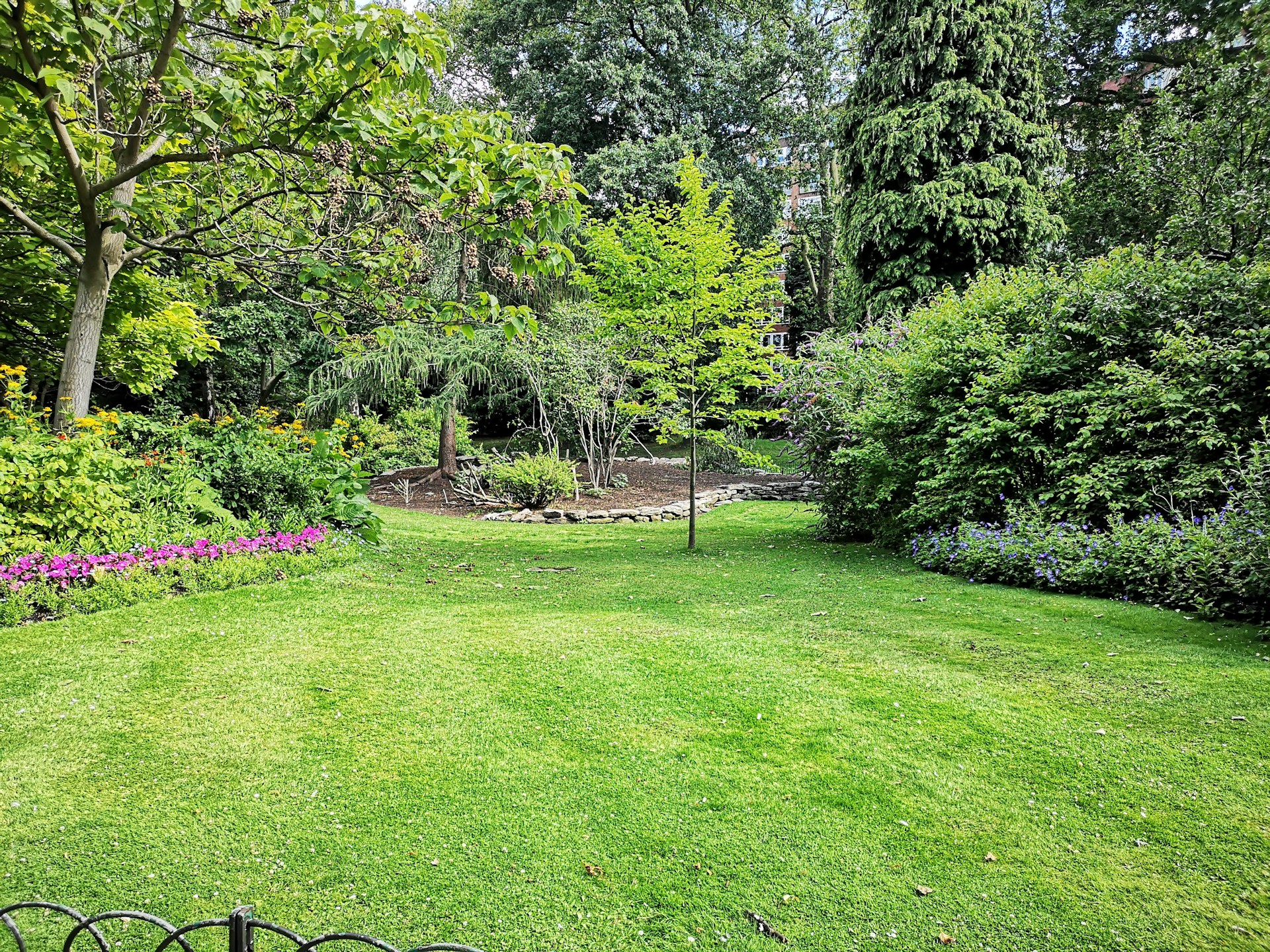How to Implement a Low-Maintenance Aquaponic System for an Indoor Tropical Garden?

The rising popularity of indoor gardening has led to an influx of innovative methods to cultivate plants in confined spaces. Among these methods, aquaponics stands out for its low maintenance and high productivity. Aquaponics is a revolutionary gardening system that integrates fish farming with plant cultivation. It creates a symbiotic environment where plants and fish co-exist, benefitting each other. Plants get nutrient-rich water, and fish get purified water. If you have been considering starting an indoor tropical garden, exploring aquaponics could be an excellent start. In this article, you’ll learn how to set up an efficient, low-maintenance aquaponic system.
Understanding Aquaponics
Before setting up an aquaponic system, it’s crucial to understand what it is and how it works. Aquaponics is a blend of aquaculture (raising fish) and hydroponics (growing plants in water without soil). In this unique system, the waste produced by fish serves as a natural nutrient source for the plants. In return, the plants purify the water, creating a healthy environment for the fish.
A voir aussi : What Are the Most Effective Humidity-Control Solutions for a Home Conservatory?
The aquaponics system relies heavily on the nitrogen cycle. Fish produce waste that contains ammonia, which is toxic in large amounts. Beneficial bacteria convert this waste into nitrite and then into nitrate – a potent plant nutrient. The plants then absorb these nitrates for their growth, indirectly cleaning the water for the fish.
Setting Up Your Aquaponics System
Creating an aquaponic system for your indoor garden might seem complex, but with the right approach and knowledge, it will be a rewarding endeavor. You will need a few components: a fish tank, a grow bed for your plants, a water pump, and aeration system.
A lire aussi : What’s the Ideal Method for Setting Up a Smart Light System in a Multi-room Apartment?
First, choose a suitable tank. The size of the fish tank will depend on the number of fish you plan to raise and the space available. Tropical freshwater fish are typically recommended for aquaponics due to their high waste production and ability to thrive in various conditions.
Next, set up the growing bed. It should be shallow and wide. Fill it with an inert growing medium, like clay pebbles or rock wool. These media will support your plants and host beneficial bacteria.
The water pump circulates the water between the tank and the growing bed. It should be powerful enough to pump the water to the height of the growing bed. The aeration system provides essential oxygen for the fish and the bacteria in the system.
Choosing Suitable Plants and Fish for Your System
The choice of plants and fish will significantly affect the success of your aquaponics system. Tropical leafy greens, herbs, and vegetables are excellent choices for indoor gardening. They have high nutrient absorption rates and can thrive in artificial light conditions. Some popular options include lettuce, spinach, basil, and kale.
When it comes to choosing fish, go for species that can tolerate varying water conditions and have high waste production rates. Tilapia, goldfish, and koi are commonly used in aquaponics systems. They are hardy, adapt well to varying conditions, and produce plenty of waste, providing ample nutrients for your plants.
Maintaining Your Aquaponic System
An aquaponic system requires regular maintenance to ensure optimal production. Regular checks on the pH, temperature, and ammonia levels in the water are essential to keep your fish healthy and plants growing. The ideal pH is around 6-7, and the water temperature should stay within a range that’s suitable for both the fish and the plants you are growing.
Monitor the growth of your plants. If they appear yellow or stunted, it could indicate a deficiency in certain nutrients. While fish waste provides many nutrients, it may not provide everything your plants need. Occasional supplementation with iron, calcium, and potassium might be necessary.
Optimizing Light Exposure for Your Indoor Garden
Light is a critical component for plant growth. Indoor gardening often poses a challenge in providing adequate light. For an indoor tropical aquaponics garden, artificial lighting could be your best bet. LED lights are energy-efficient and can provide the broad spectrum of light that plants need for photosynthesis.
Position your lights above the growing bed for maximum exposure. The lights should be on for about 12-16 hours each day to mimic natural sunlight. A timer can help automate this process, ensuring your plants get consistent light exposure.
Implementing a low-maintenance aquaponic system for an indoor tropical garden is a rewarding process. With careful planning, regular maintenance, and the right choices of plants and fish, you can cultivate a thriving garden. You’ll not only enjoy the view of your lush, green plants, but also the possibility of harvesting your homegrown, fresh produce.
Tips for Ensuring Water Quality in Your Aquaponic System
Aquaponics systems heavily rely on water quality to provide the ideal environment for both your fish and plants. Maintaining high-quality tank water is essential for the overall health and productivity of your system. An imbalance in the water quality can lead to the death of your fish, plants, and beneficial bacteria, making your aquaponic system ineffective.
The first step to maintaining water quality in your fish tank is regular testing. Kits are available to monitor parameters such as pH levels, temperature, and the presence of nitrites, nitrates, and ammonia. Keeping these variables within the appropriate range ensures the well-being of your fish, plants, and beneficial bacteria.
Your water pump plays a critical role in water quality. A pump failure can result in poor water circulation, leading to insufficient oxygenation of the water and potential death of fish and beneficial bacteria. Therefore, regular checks and maintenance of your water pump are crucial.
The use of an air pump is also beneficial. It enhances the level of dissolved oxygen in the water, promoting the health of the fish and beneficial bacteria. An air stone connected to the air pump can help distribute the oxygen more evenly throughout the tank.
Lastly, while your plants and beneficial bacteria will naturally filter the water by consuming nitrates, it is advisable to perform periodic partial water changes, especially if ammonia or nitrite levels start to rise. These water changes refresh the system, reintroduce essential minerals, and help keep water parameters stable.
System Troubleshooting: Recognizing and Solving Problems in Your Aquaponic System
Running an aquaponic system is not always smooth sailing. Like any gardening or fishkeeping endeavor, you might run into problems. However, most issues are easily solvable once you understand what’s going wrong.
If your plants are wilting, yellowing, or showing slow growth, it could be due to insufficient light, nutrient deficiency, or poor water quality. Check your artificial lighting setup to ensure your plants are getting enough light hours and the correct light spectrum. Test your water quality and adjust if necessary. Supplement the system with essential nutrients that might be lacking.
Slow plant growth could also be due to a water temperature that is too low or too high. Both plants and fish have ideal temperature ranges for growth. Make sure the tank water temperature is suitable for both.
If your fish are showing signs of stress, disease, or are dying, it’s usually a clear indicator of water quality issues. Test your water immediately, check the functioning of your water and air pump, and observe the behavior of your fish for any signs of disease.
Prevention is better than cure, so regular maintenance and checks are essential. By giving your aquaponic system the attention it deserves, you can ensure a healthy environment for your plants and fish, leading to a successful indoor tropical garden.
Conclusion: Embracing the Benefits of Aquaponics Systems
Aquaponics systems are a breakthrough in indoor gardening. They offer a sustainable and low-maintenance way to grow plants and fish in harmony. By understanding the mechanics of aquaponics and paying attention to essential aspects like choosing appropriate plants and fish, ensuring proper lighting, maintaining water quality, and regularly checking your system, you can reap the benefits of a thriving indoor tropical garden.
Setting up your own aquaponic system might seem like a daunting task at first, but once it is up and running, you will find it a gratifying endeavor. You can enjoy not only the beauty of your lush green garden and the tranquility of watching your fish, but also the satisfaction of harvesting fresh produce right from your living room. As you observe your plant growth and the behavior of your fish, you also gain a deeper understanding of nature’s intricate relationships. Aquaponics is truly a rewarding journey for any indoor gardening enthusiast.
